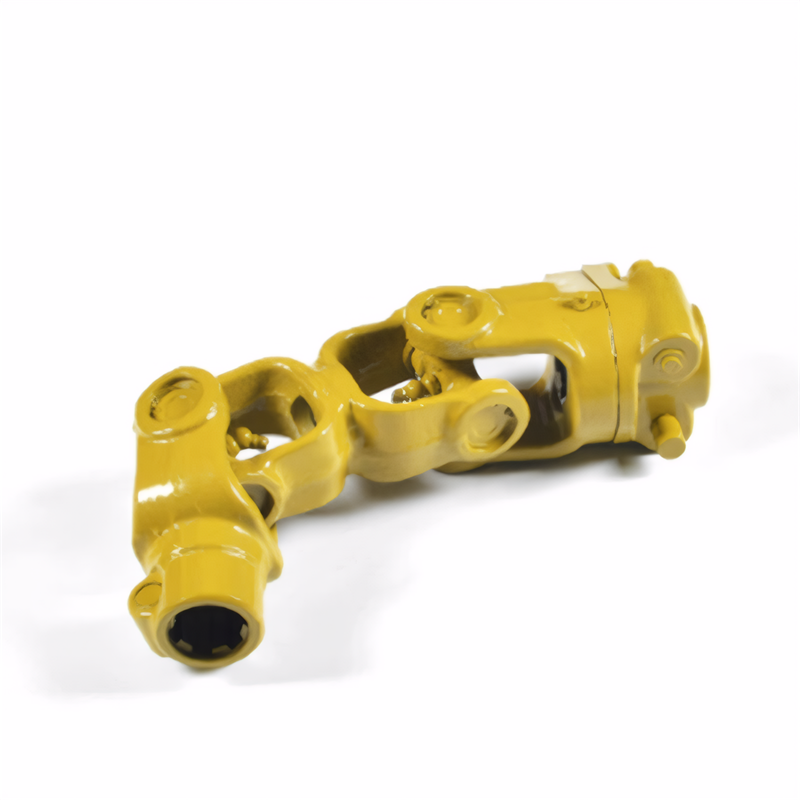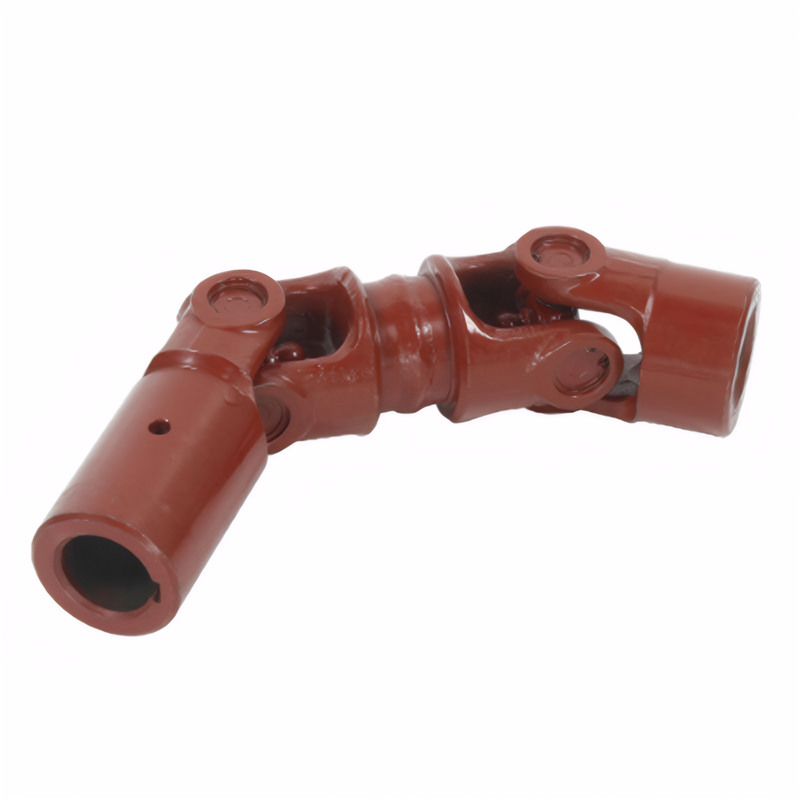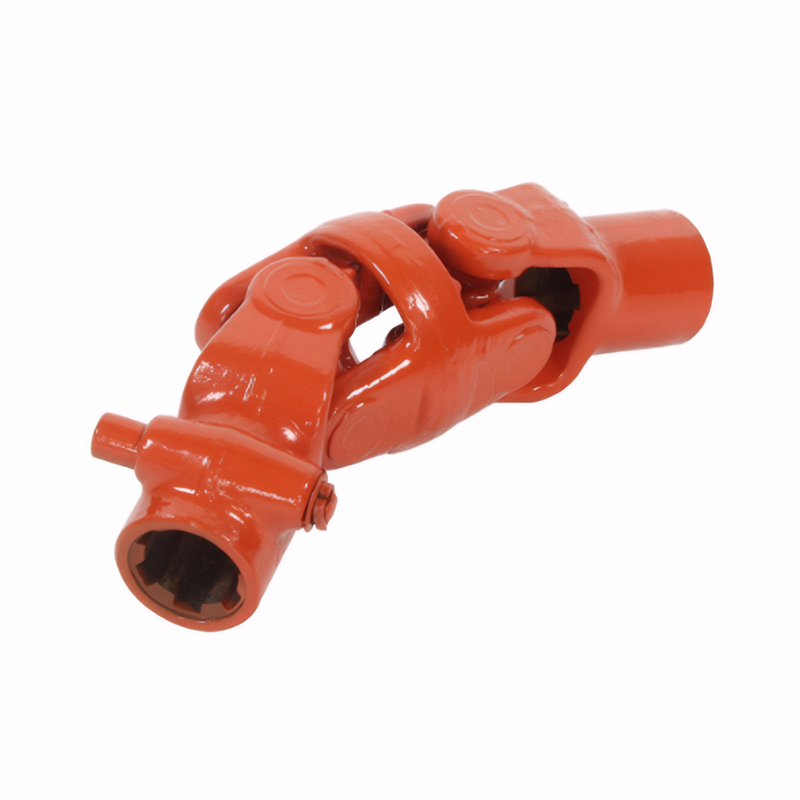Material selection for the steel of the drive shaft
Key Factors Influencing Material Selection for Transmission Shafts
Transmission shafts are critical components in automotive and industrial machinery, requiring materials that balance strength, durability, and cost efficiency. The selection process hinges on three primary factors: mechanical performance requirements, operating environment conditions, and manufacturing constraints. Understanding these factors enables engineers to choose materials that optimize reliability and longevity under specific operational demands.
Mechanical Performance Requirements
High-Strength Alloys for Torque Resistance
Transmission shafts must withstand rotational forces without deformation or fracture. Medium-carbon alloy steels like 40Cr and 42CrMo are widely used due to their high yield strength (355–900 MPa) and fatigue resistance. These materials undergo quenching and tempering to achieve a microstructure that distributes stress evenly, preventing localized failures. For applications involving extreme torque, such as heavy-duty trucks or construction equipment, 35CrMo and 38CrMoAl alloys are preferred for their superior tensile strength (1,000–1,200 MPa) and resistance to plastic deformation.
Wear-Resistant Surfaces for Longevity
Friction at spline joints and bearings accelerates wear, reducing operational lifespan. Surface hardening techniques like carburizing and nitriding enhance durability without compromising core toughness. For instance, 20CrMnTi steel, when carburized, develops a hardened case (58–62 HRC) that resists abrasive wear, while its ductile core absorbs shock loads. Similarly, 40CrNiMoA steel treated with nitriding forms a corrosion-resistant layer (1,000 HV hardness) ideal for marine or chemical processing environments.
Lightweight Alternatives for Fuel Efficiency
In automotive applications, reducing mass improves fuel economy and handling. Aluminum alloys like 6061-T6 and 7075-T6 offer a weight reduction of 40–60% compared to steel, with adequate strength for low-to-medium-load scenarios. However, their lower fatigue limit necessitates careful design to avoid stress concentrations. For high-performance vehicles, carbon fiber composites provide exceptional stiffness-to-weight ratios but require advanced manufacturing processes, limiting widespread adoption.
Operating Environment Conditions
Corrosion Resistance in Harsh Environments
Shafts exposed to moisture, salt, or chemicals demand materials with inherent corrosion resistance. Stainless steels like 304 and 316L contain chromium (16–18%) and nickel (8–12%), forming a passive oxide layer that prevents rust. In offshore drilling equipment, duplex stainless steel (2205) combines austenitic and ferritic phases to resist pitting and stress corrosion cracking. For cost-sensitive applications, carbon steel shafts coated with zinc plating or epoxy paints offer temporary protection but require regular maintenance.
Thermal Stability Under High Temperatures
Engines and exhaust systems generate heat that can soften conventional steels. 40CrNiMoA and 42CrMo4 alloys retain hardness up to 400°C, making them suitable for turbocharger shafts. For extreme conditions, nickel-based superalloys like Inconel 718 maintain strength at 650°C but are reserved for aerospace or power generation due to their high cost.
Impact Resistance in Dynamic Load Scenarios
Vehicles operating on rough terrain experience sudden shock loads that can fracture brittle materials. Medium-carbon steels (45#) with a pearlitic-ferritic structure absorb impact energy through plastic deformation, reducing fracture risk. In contrast, cast iron components like ductile iron (QT400-18) distribute stress via graphite nodules, offering vibration damping but lower tensile strength than steel.
Manufacturing Constraints
Machinability and Formability
Complex shaft geometries, such as hollow tubes or splined ends, require materials that are easy to cut, weld, or forge. Low-carbon steels like Q235 exhibit excellent ductility for cold forming but lack the strength for high-load applications. Alloy steels (40Cr) strike a balance by allowing precision machining while maintaining post-heat-treatment hardness. For mass production, powder metallurgy enables near-net-shape manufacturing of components like universal joint crosses, reducing material waste and machining time.
Cost-Effectiveness for Large-Scale Production
Budget limitations often dictate material choices. Carbon steels (45#) dominate automotive shafts due to their low cost (20–50/kg).
Heat Treatment Feasibility
Post-processing techniques like quenching, tempering, and carburizing significantly influence material performance. Medium-carbon steels respond well to induction hardening, achieving case depths of 2–4 mm for spline protection. Alloy steels (35CrMo) require controlled cooling rates to avoid cracking during quenching, necessitating specialized furnaces. For small batches, laser hardening offers localized treatment without distorting the shaft geometry.
Industry-Specific Considerations
Automotive Transmission Shafts
Passenger vehicles prioritize lightweight materials to meet fuel efficiency standards. 6061-T6 aluminum is common in driveshafts, while 40Cr steel dominates differential gear shafts due to its balance of strength and cost. Electric vehicles (EVs) are adopting carbon fiber composites for their lower rotational inertia, which improves acceleration and range.
Industrial Machinery Shafts
Heavy machinery like mining crushers and wind turbines demand materials that resist fatigue under cyclic loading. 42CrMo4 steel with shot peening treatment extends fatigue life by 300% by introducing compressive surface stresses. For corrosive environments, 316L stainless steel shafts in food processing plants avoid contamination risks.
Aerospace Applications
Aircraft actuators and landing gear systems operate under extreme stress and temperature ranges. Titanium alloys (Ti-6Al-4V) provide the highest strength-to-weight ratio (1,100 MPa tensile strength at 4.4 g/cm³ density), while nickel alloys (Inconel 718) resist creep at 650°C. These materials are machined using diamond-coated tools to prevent work hardening.
Future Trends in Material Innovation
Advanced Composites
Researchers are developing hybrid metal-composite shafts that combine steel’s toughness with carbon fiber’s stiffness. These designs use adhesive bonding or mechanical interlocking to join dissimilar materials, reducing weight by 30% while maintaining strength.
Additive Manufacturing
3D printing enables the production of topology-optimized shafts with lattice structures that reduce mass without sacrificing strength. Maraging steel powders, known for their high hardness (54 HRC) after aging, are being explored for high-performance applications.
Sustainable Materials
To reduce carbon footprints, manufacturers are testing recycled alloys derived from scrap metal. Boron-steel composites offer comparable strength to traditional alloys while using 15% less energy in production.
Conclusion
The selection of transmission shaft materials is a multidisciplinary process that integrates metallurgy, tribology, and cost analysis. By aligning material properties with operational demands, engineers can design shafts that deliver reliability, efficiency, and longevity across diverse industries. As manufacturing technologies evolve, new materials and processes will continue to redefine performance benchmarks in transmission shaft design.
 Accuracy requirements for the
Accuracy requirements for the
 Selection of universal joint t
Selection of universal joint t
 Standard for coaxiality error
Standard for coaxiality error
 Requirements for the surface r
Requirements for the surface r
 简体中文
简体中文 English
English
